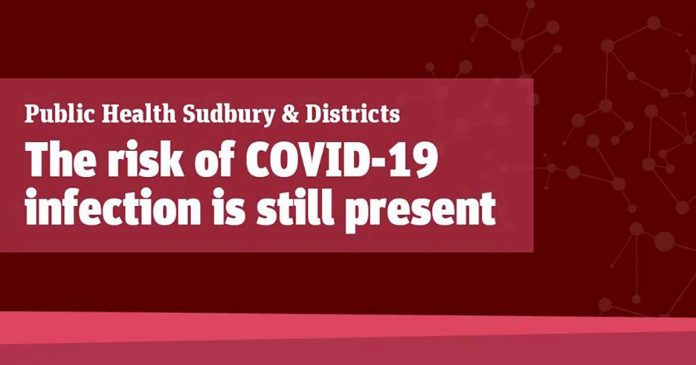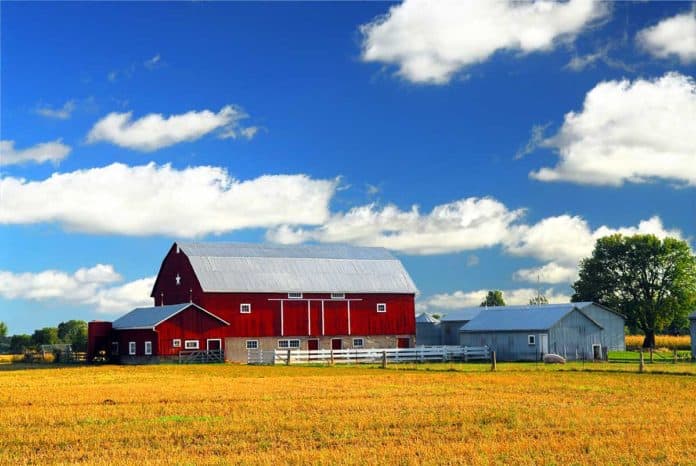ZHIIBAAHAASING – Wiikwemkoong, Whitefish River and Zhiibaahaasing are set to receive nearly $8 million combined for drinking water and wastewater infrastructure upgrades within their communities. This is part of a federal funding injection of $69.5 million, a provincial contribution of $16.9 million and First Nation contributions of $5.8 million to improve critical water and wastewater infrastructure in 37 Ontario First Nations.
“Today’s announcement reflects our continued commitment to ensure access to clean and safe drinking water for First Nations communities, now and into the future, which first and foremost requires stable and reliable infrastructure,” said federal Indigenous Services Minister Marc Miller during opening remarks at a virtual press conference hosted in Zhiibaahaasing on March 18.
Catherine McKenna, federal minister of infrastructure and communities, then introduced the funding announcement.
“Clean water is a right. It should be available to all Canadians and it is a historic wrong,” said Minister McKenna. “We have a very long way to go, but it is something that I certainly take extremely personally. It’s not just about improving community infrastructure. It’s about access to something that’s critical—water—but it’s also about the future of your communities.”
A total of 37 First Nations across Ontario (out of 76 applications) will benefit from these funding contributions through Investing in Canada Infrastructure Program (ICIP)’s green infrastructure stream, which sees Canada contributing 75 percent of the project cost, 18 and one-third percent from Ontario and the remaining six and two-thirds percent from the beneficiary First Nation.
In the District of Manitoulin, Zhiibaahaasing’s project amounts to $2,679,184 for a new below-ground water storage reservoir with a high-lift pump to move treated water into a new distribution system, as well as a network of fire pumps and hydrants for enhanced fire safety.
Whitefish River First Nation is set to construct a new wastewater lagoon, as well as a septic bed assessment and replacement program, for a project cost of $2,959,800.
Finally, Wiikwemkoong is approved for a $2,753,002 project for the first phase of upgrades at its wastewater treatment plant, as well as replacing its rotating biological contactor, a device that connects the wastewater with a biological film as part of breaking down contaminants in the treatment process.
The recipient First Nations were gracious for the funding toward upgrading crucial pieces of infrastructure. Some could be seen drinking bottled water during the call.
“Our community is growing. There is a need to upgrade our system and we’re happy that the proposal we submitted was supported by the federal and provincial governments through the (ICIP green infrastructure stream),” said Wiikwemkoong Ogimaa Duke Peltier.
This first phase in his community’s wastewater upgrades is expected to wrap up within the next two years, at which time it will move toward second and third phases.
Ogimaa-kwe Irene Kells of Zhiibaahaasing said her community has been without reliable clean water since it re-formed in 1991, 30 years ago. It also lacked fire hydrants to protect the residents in case of an emergency.
“We’ve been talking about it and we’re really grateful here for being one of the people that were picked to get some good, clean drinking water,” Ogimaa-kwe Kells said, getting her turn to speak at the press conference after a half hour of ministers’ remarks. “I just want to say miigwetch to everyone for that and all the support everyone has given to us.”
A full account of Zhiibaahaasing’s journey to getting reliable clean water is featured in the Page 1 story, ‘After 30 years, Zhiibaahaasing to lose boil water advisory.’
Whitefish River First Nation Ogimaa Shining Turtle, the final recipient from Manitoulin District, did not respond to phone calls and text messages seeking comment by press deadline Monday.
Greg Rickford, Ontario minister of Indigenous affairs and energy, Northern development and mines, who is also the MPP for Kenora—Rainy River, said the announcement was important and should signal that progress is finally underway to correcting the long-standing deficits in these communities.
“We should all accept responsibility for the fact that decades in and decades out, several governments of different political stripes have simply not lived up to the opportunity that’s available for us to correct on-reserve water and wastewater treatment. I accept some responsibility for that,” said Minister Rickford.
He added that as a nurse working in remote First Nations, he saw how different governments failed Indigenous peoples by not providing adequate human resources and past investments in water infrastructure only had half of their usable life due to the lack of support.
Ontario Infrastructure Minister Laurie Scott said the joint federal-provincial-First Nation funding model allows for the projects to get underway sooner.
“Projects like these are central to our efforts to create sustainable communities with resilient infrastructure. In addition to health and safety, investing in infrastructure is a key component to Ontario’s economic recovery and growth,” said Minister Scott.
All of the projects are First Nation-led and the funding commitments are set to remain in effect through future election cycles. Minister Scott said the transfer payment agreements were already underway as of the time of the press conference.
In response to a question about Neskantaga’s ongoing water challenges, Minister Miller said that community should be free from its boil water advisory this summer, if all goes according to plan. That fly-in community in Northwestern Ontario has been under such an advisory for 9,548 days or more than 26 years.
Not all of the First Nation leaders invited to the announcement had the chance to speak but some left comments in the chat about their thoughts on the matter. This included nearby Sagamok on the North Shore, which spent 12 years under a boil water advisory. It will use its funding to assess its water tower, install new water mains, install hydrants and swab the water lines.





